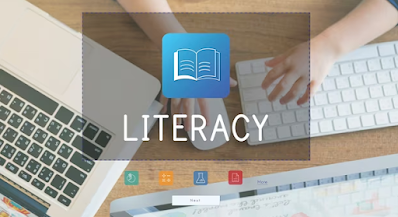The potential of gamification in education
The potential of gamification in education
Gamification is the process of applying game design and mechanics to non-game contexts, such as education. The idea behind gamification in education is to make learning more engaging, motivating, and fun. By incorporating game elements, educators can create a more interactive and immersive learning experience that encourages students to take an active role in their education. In this blog, we will explore the potential of gamification in education.
One of the main benefits of gamification in education is its ability to increase student engagement. Games are inherently engaging, and when applied to education, they can make learning more exciting and enjoyable. Gamification can be used to motivate students to complete tasks, overcome challenges, and achieve their goals. By providing students with clear goals and rewards, gamification can help to create a sense of accomplishment and satisfaction when these goals are met.
Another benefit of gamification in education is its ability to promote collaboration and teamwork. Many games require players to work together to achieve a common goal, and this can be applied to the classroom setting. By incorporating team-based games and challenges, educators can encourage students to work together and support each other in their learning. This can help to create a more positive and supportive learning environment, which can improve student outcomes.
Gamification can also be used to personalize learning experiences for individual students. By tracking student progress and providing personalized feedback and challenges, educators can create a learning experience that is tailored to each student's individual needs and abilities. This can help to improve student engagement and motivation, as students are more likely to be engaged in learning when they feel that the content is relevant and meaningful to them.
In addition to these benefits, gamification can also be used to teach important skills, such as problem-solving, critical thinking, and decision-making. Games often require players to think strategically and make decisions based on limited information, which can help to develop these important skills. By incorporating games into the curriculum, educators can help to prepare students for real-world situations where these skills are essential.
Despite the potential benefits of gamification in education, it is important to note that it is not a silver bullet solution. Gamification should be used as a tool to enhance learning, rather than a replacement for traditional teaching methods. It is important to strike a balance between game-based learning and more traditional teaching methods to ensure that students are receiving a well-rounded education.
In conclusion, gamification has the potential to revolutionize education by making learning more engaging, motivating, and fun. By incorporating game elements into the curriculum, educators can create a more interactive and immersive learning experience that promotes collaboration, personalization, and the development of important skills. While it is not a replacement for traditional teaching methods, gamification can be a valuable tool for educators to enhance the learning experience and improve student outcomes.




Comments
Post a Comment